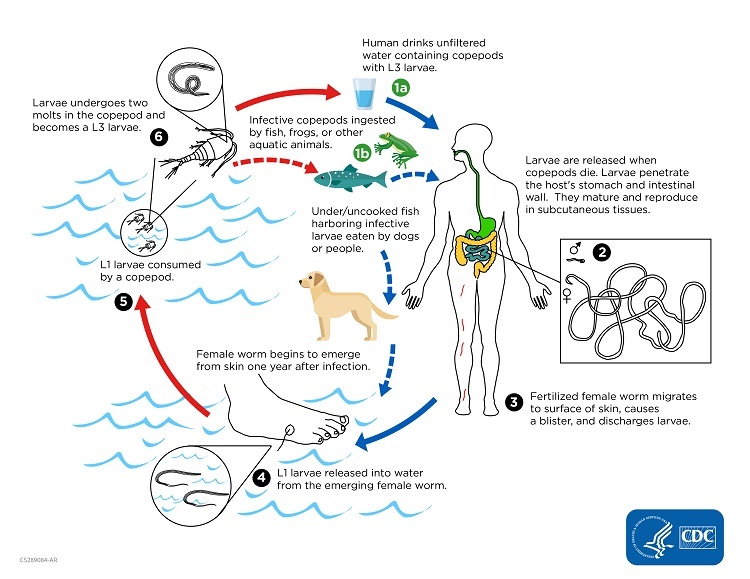

There are some viruses that have targeted Linux, but they’re rare compared to other platforms and their ability to spread is relatively low. One of the main reasons is just down to how software tends to be installed on each platform. Viruses have an easier time spreading on Windows or OSX where users are more accustomed to downloading an executable and running it. Once there’s a malicious running process, it has a comparatively high chance to spread because it can attempt to escalate its privileges either by exploiting a bug or socially engineering the user to click through a privilege escalation prompt. That entire workflow is practically nonexistent on Linux, users just don’t tend to download and execute random binaries. Instead most Linux software gets delivered in one of these ways, each of which has impediments that reduce the chance a virus could spread:
- through an OS repo; it would be difficult for a malicious actor to get a virus through the release process and into a trusted repo
- through a public source like Github; again it would be difficult for a malicious actor to get a virus into public source code without someone noticing
- through a container image from an image library like DockerHub; I believe a malicious container would be sandboxed, making it hard if not impossible for that container to take over the host system
- through an application image like a snap, flatpak or appimage; again, I believe these run in their own sandbox from which they would have difficulty breaking out
There are some exceptions, for example some companies like Hashicorp will distribute their stuff as precompiled binaries. Even in that case you’re probably fine as long as you don’t run the downloaded binary as root. Users in the habit of downloading strange binaries from sketchy places and running them as root just aren’t very common among the Linux userbase. I’m sure there are some (and they should really stop doing that), but there aren’t enough of them to allow a virus to spread unchecked.






One of my grandfathers worked for a telephone company before he passed. That man was an absolute pack rat, he wouldn’t throw anything away. So naturally he had boxes and boxes of punch cards in this basement. I guess they were being thrown out when his employer upgraded to machines that didn’t need punch cards, so he snagged those to use as note paper. I will say, they were great for taking notes. Nice sturdy card stock, and the perfect dimensions for making a shopping list or the like.